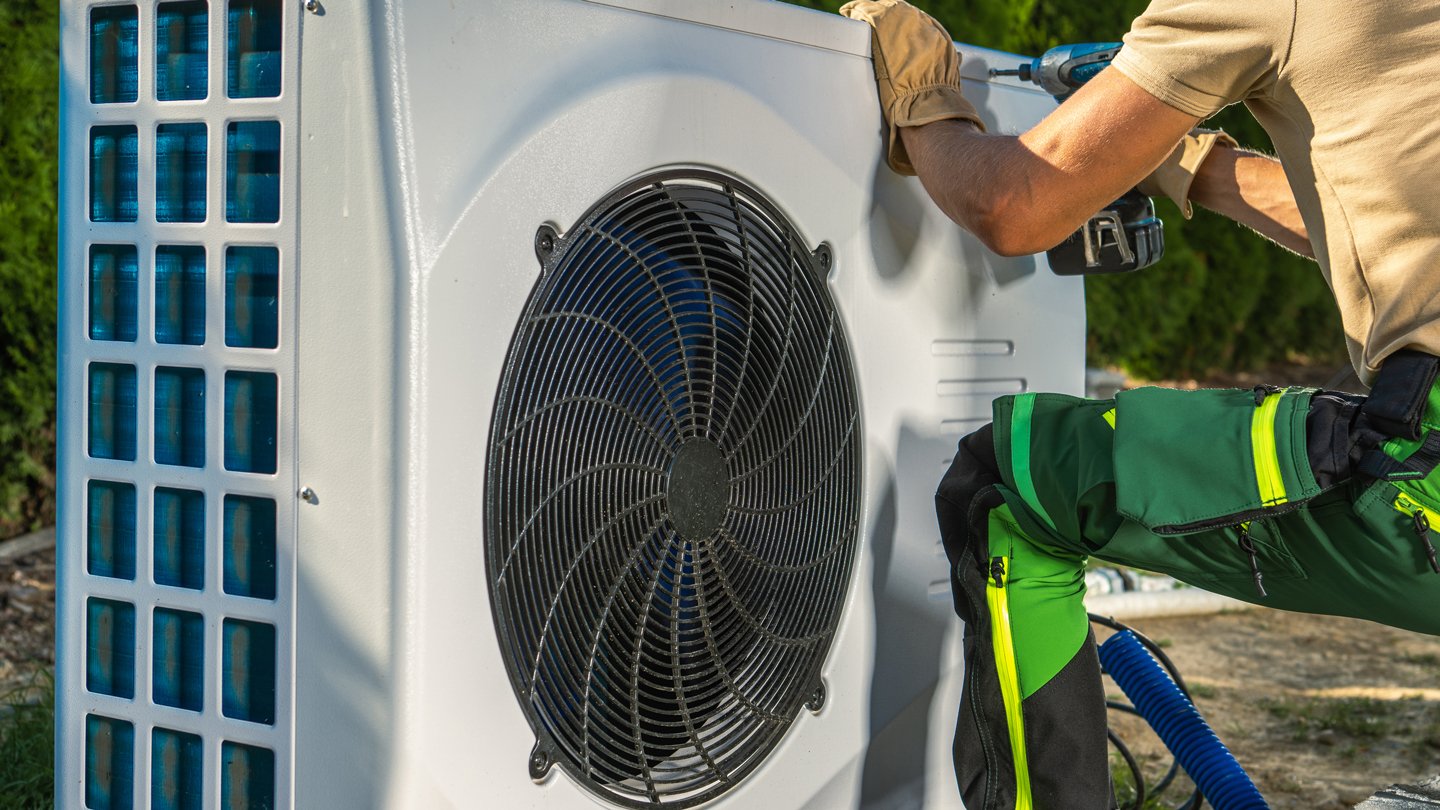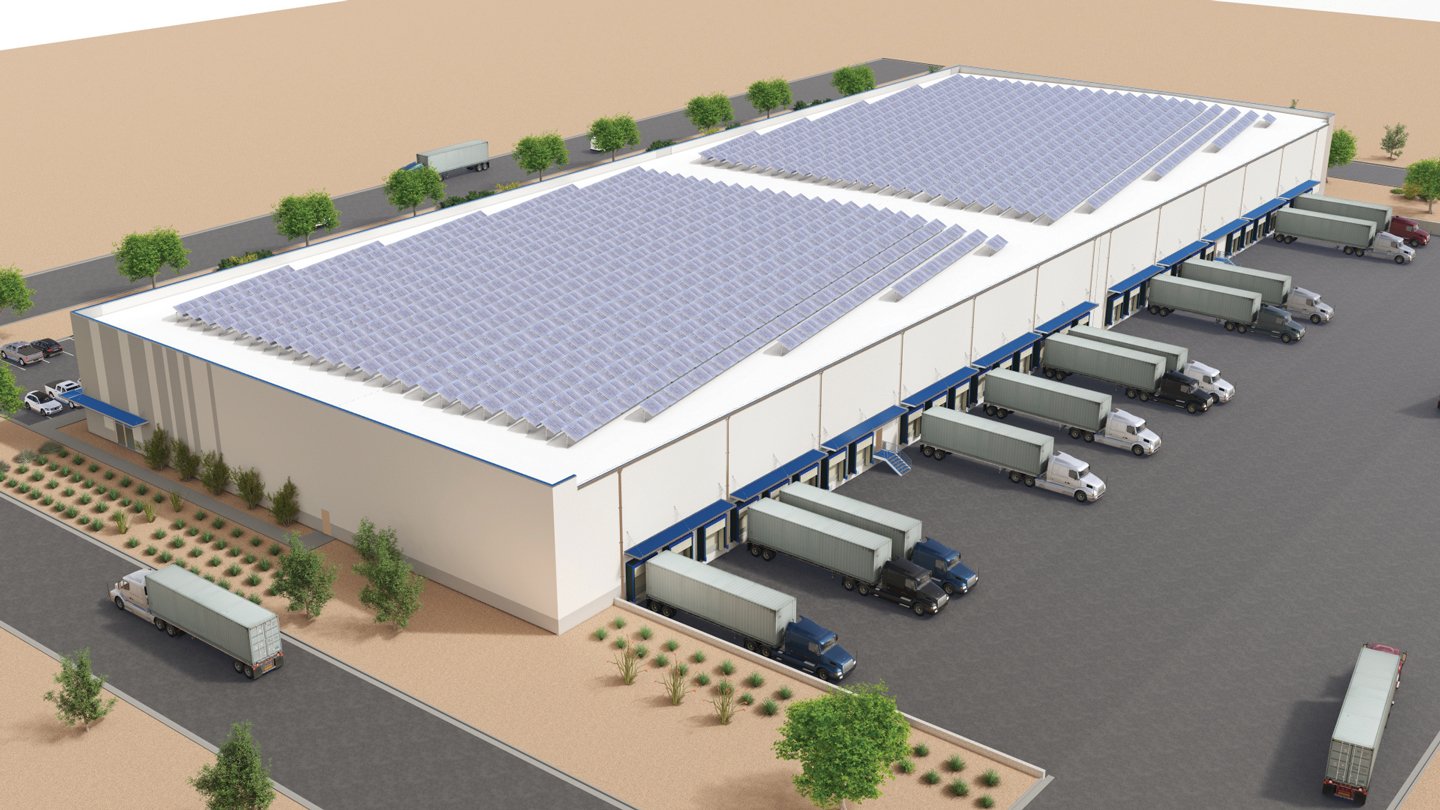Facility Managers Must Prepare for an All-Electric Future

Before that, many commercial buildings could benefit from hybrid electrification.
Each year, the push toward decarbonization and away from fossil fuel use in commercial real estate grows stronger. One of the biggest challenges for building owners is figuring out what to do with existing gas-fired heating systems, especially in colder climates.
Changing these systems to all-electric can be particularly difficult. For example, there are limits to on-site electrical capacity, and heat-pump systems struggle to achieve the elevated hot water temperatures required for boilers to operate efficiently. Although the technology is improving, heat pumps are not a drop-in replacement for natural gas systems.
How Do Heat Pumps Work?
Heat pumps work by transferring heat from one place to another. They are highly efficient, providing up to four times the energy output relative to the amount of energy used to run them. The International Energy Agency (IEA) predicts that heat pumps will be “the central technology in the global transition to secure and sustainable heating,” and by 2050, heat pumps are expected to provide 55% of all indoor heating.
There are several types of heat pumps. Air-to-water heat pumps, which take heat from the outside air and transfer it to water in a heating system, are often used in retrofit projects. However, their efficiency decreases as the exterior air temperatures drop. When outside air temperatures fall below freezing, the heat they supply often cannot meet the design criteria of existing systems and isn’t much more efficient than standard electric-powered heaters. The result is much higher operating costs compared to gas-fired systems.
Ground-source or geothermal heat pumps use naturally occurring heat deep in the ground, which is more constant and predictable than air temperatures. That can provide more consistent and efficient performance. However, even with generous incentive programs, the cost of building geothermal heat pumps makes them impractical for many projects.
The ‘Bridge Solution’
The challenges around heat pump conversions could make 100% electrification impossible for many projects in the near term.
There is another option, however.
Hybrid electrification, which converts a portion of an existing gas-fired heating system to heat pumps, can go a long way toward reducing carbon emissions. This “bridge solution” lets heat pumps run for most operating hours while gas-fired heating operates during peak heating periods. It can balance capital expenditures and operating expenses while providing flexibility for the future.
For example, in cold climates like New York and Chicago, below-freezing temperatures represent fewer than 25% of the roughly 6,000 yearly heating hours experienced by commercial properties. Furthermore, these chilly readings often occur overnight, when buildings such as offices typically aren’t occupied.
This approach also allows for phased implementation, making it more affordable. An incremental shift toward electrification can help achieve climate goals, but it requires a deep understanding of a hybrid plant’s configuration and operation.
Envelope Upgrades Boost Savings
Adding envelope upgrades that reduce energy consumption alongside heat pump retrofits can further offset the initial capital impact of this strategy. For example, a current project that Stantec Consulting Services, Inc., is working on in New York includes augmenting a building’s existing single-pane glazing with a double-pane insulating glass unit, along with retrofitting the existing heating/cooling plant with geothermal heat pumps. The glazing upgrade significantly reduced the amount of heat lost through the windows, which led to a 25% reduction in the peak heating plant load.
Due to space limitations, geothermal will only replace half of the existing heating and cooling system. However, with the improved envelope performance, this new system should offset more than 85% of the heating operating hours, despite being sized at only 50% of previous peak load. Traditionally an expensive endeavor, the glazing upgrade and geothermal system will target up to a 40% federal investment tax credit under the Inflation Reduction Act of 2022, as well as additional incentives through a local utility. (See this related story.)
Do the Homework
While decarbonizing a site is critical to competing in a dynamic marketplace, it’s crucial to understand the costs, incentives and logistics before beginning. The goal is to displace fossil fuel heat while also avoiding the use of standard electric heat, which is far less efficient than heat pumps and will significantly increase operating costs compared to competing properties.
Although 100% electrification should be the goal, it is not always feasible. In such cases, facility owners and operators should consider strategically deploying bridge solutions to prevent assets from becoming stranded while realizing significant operational carbon reductions, increasing value and marketability, and setting up these spaces for long-term viability.
Andrew Lehrer, PE, LEED AP, is practice leader for high-performance buildings at Stantec Consulting Services, Inc., a global engineering firm.
Proposed SEC RegulationsProposed changes to Securities and Exchange Commission (SEC) climate-related reporting requirements for large publicly traded companies could become an important consideration. In April 2022, the SEC proposed rules to enhance and standardize climate-related disclosures for investors. These regulations would require public companies to disclose their climate-related risks and impacts, including their greenhouse gas emissions, adaptation to climate change, and transition to a low-carbon economy. The comment period for the proposed rules closed on June 17, 2022. Implementation is expected to begin in 2024. The SEC’s proposed rules are intended to address the growing investor demand for information about climate-related risks. They would provide investors with a better understanding of the climate-related risks associated with the companies they invest in and ensure that markets are pricing these risks appropriately. |
RELATED ARTICLES YOU MAY LIKE
Facility Managers Must Prepare for an All-Electric Future
Fall 2023 Issue







